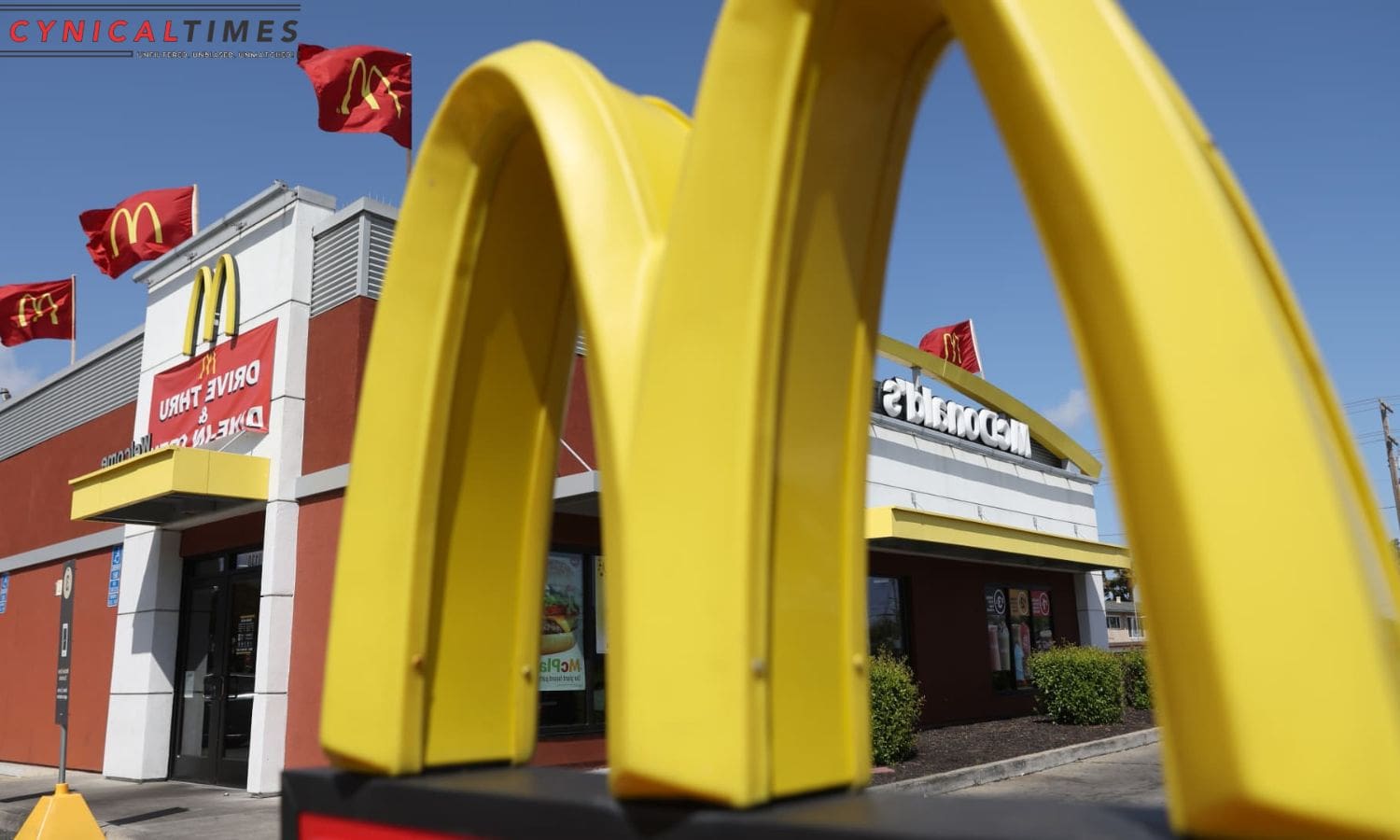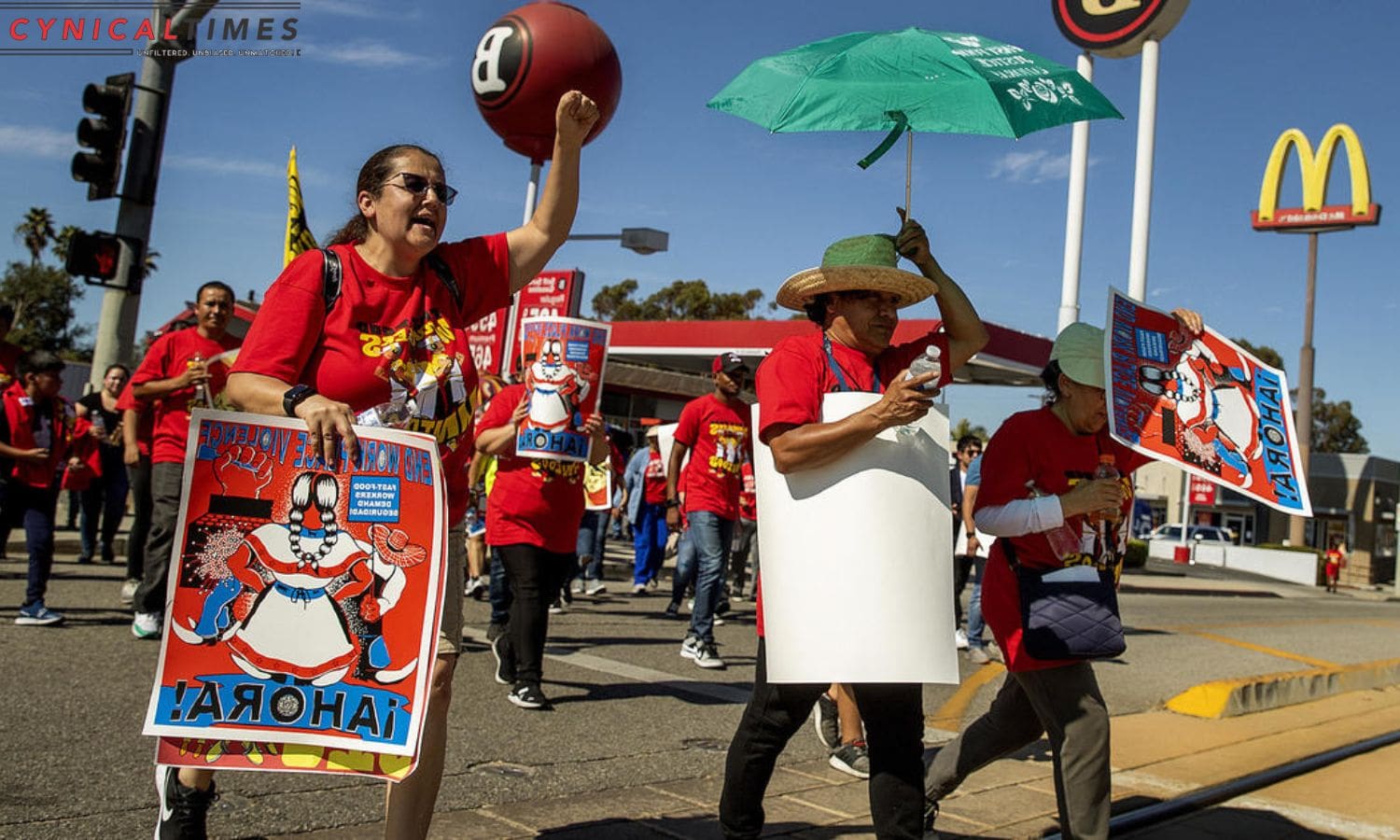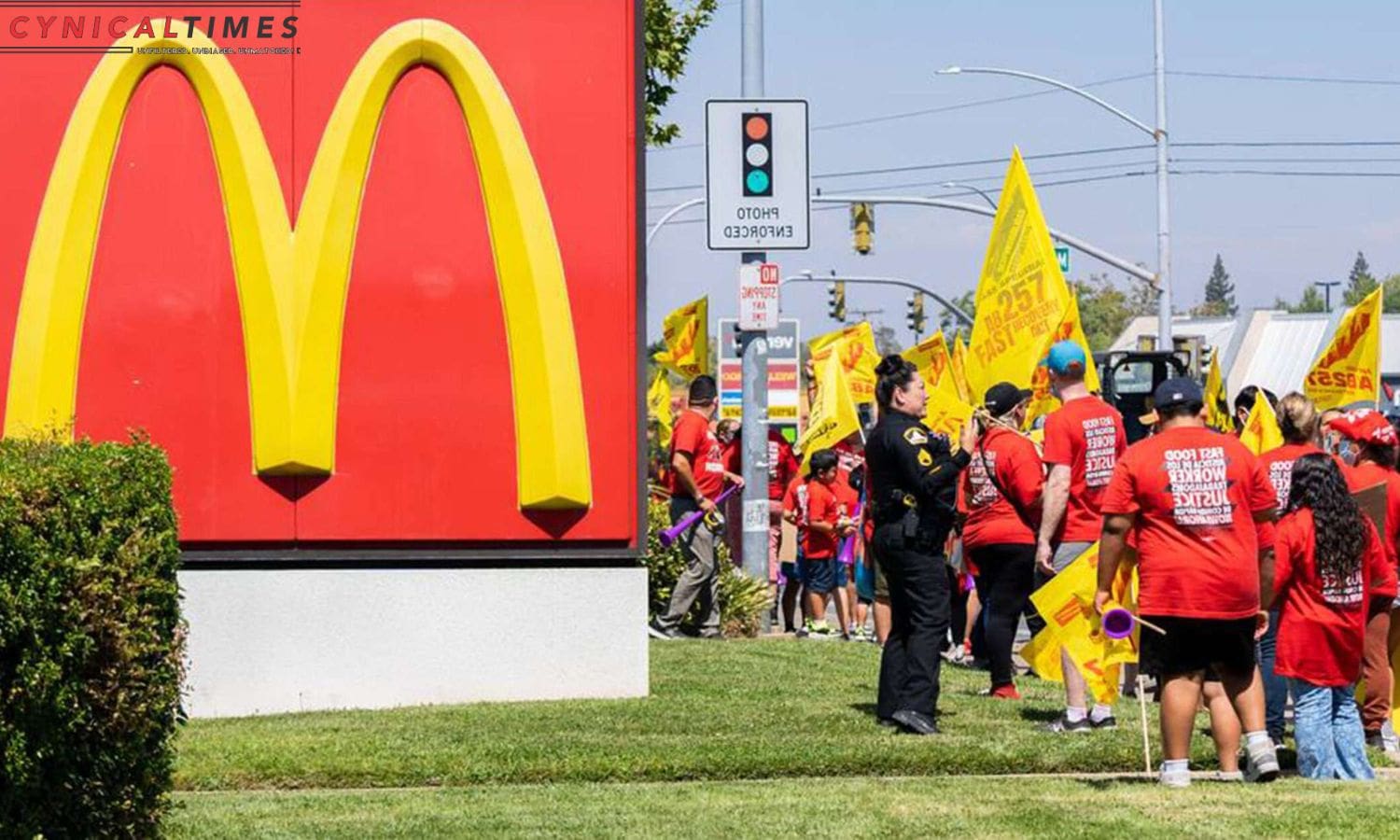Fast Food Futures: In the wake of California’s forthcoming minimum wage hike in 2023, the fast-food industry faces unprecedented challenges. As businesses grapple with rising labor costs, they must adapt their strategies to remain competitive and sustain profitability.
The implications of the wage increase on the fast-food landscape, exploring its impact on job market dynamics, economic consequences, and the potential for industry-wide transformation.
Through a comprehensive analysis, readers will gain valuable insights into the future of fast-food amidst California’s evolving labor policies.
Key Takeaways Of Fast Food Futures
- Rising jobless rate in California and mismatch between employer demands and job seeker skills are contributing to the challenges in the job market in 2023.
- There is tension between fast-food corporations and influential unions regarding the minimum wage conflict in Sacramento.
- A compromise has been reached between fast-food chains and California Democrats with the goal of reaching $20 per hour by 2023, but this poses challenges for fast-food corporations and responsibilities for influential unions.
- The minimum wage hike in 2023 will have significant impacts on the fast-food industry, including increased investment in automation and technology, menu changes and pricing structure evaluation, and workforce restructuring and role alterations.


Also Read: California Collision Tesla Cybertruck Emerges Unscathed
California’s Job Market Challenges in 2023
In 2023, California’s job market faces significant challenges. Despite the national trend of job growth, California has been experiencing an increasing jobless rate that surpasses the national average. This discrepancy raises concerns about the state’s economy and the ability of its job market to provide sufficient employment opportunities for its residents.
The rising jobless rate indicates a mismatch between the skills demanded by employers and the skills possessed by job seekers. This could be attributed to various factors, such as technological advancements, globalization, and changes in the industry landscape.
To address these challenges, California must focus on fostering a skilled workforce that can meet the evolving demands of the job market. Additionally, policies and programs aimed at promoting economic growth and encouraging business expansion should be implemented to create more job opportunities.
California’s job market challenges in 2023 require a comprehensive and strategic approach to ensure sustained economic prosperity and employment stability for its residents.
Minimum Wage Conflict in Sacramento
The minimum wage conflict in Sacramento has created tension between fast-food corporations and influential unions. This clash stems from the initial legislation that granted extensive powers to a council for micromanaging fast-food operations.
The conflict revolves around the proposed minimum wage hike in California in 2023 and how it will impact the fast-food industry. Here are three key points to consider:
- Fast-food corporations argue that the minimum wage increase will lead to higher labor costs, forcing them to cut jobs, reduce hours, or raise prices.
- Influential unions, on the other hand, believe that the minimum wage hike is necessary to ensure fair compensation for workers and reduce income inequality.
- Both sides are engaging in intense negotiations and lobbying efforts to sway lawmakers and influence public opinion.
The outcome of this conflict will have far-reaching implications for the fast-food industry and the broader labor market in California.


Compromise and Minimum Wage Hike
Compromising on the minimum wage hike, fast-food corporations and influential unions are now grappling with the implementation and adaptation measures in response to California’s forthcoming policy changes.
The recent compromise between fast-food chains and California Democrats has set the stage for a significant increase in the minimum wage, with the goal of reaching $20 per hour by 2023. While this compromise has been hailed as a victory for workers’ rights, it also presents challenges for both employers and employees.
Fast-food corporations are now faced with the task of adjusting their business models to accommodate the higher labor costs, which may involve automation, price increases, or operational restructuring.
On the other hand, influential unions must ensure that their members are adequately prepared for the changes, providing training and support to help them navigate the shifting landscape of the industry.
As the implementation date approaches, both sides are working to find common ground and develop strategies that will allow for a smooth transition to the new minimum wage.
Impact on Fast-Food Industry
Fast-food chains and franchises in California are bracing for the far-reaching impact of the minimum wage hike in 2023. This increase in labor costs is expected to have significant implications for the fast-food industry, forcing businesses to adapt and find innovative solutions to maintain profitability.
Here are three key areas where the industry will likely be impacted:
- Automation and technology: Fast-food establishments may invest more heavily in automation, such as self-ordering kiosks and robotic food preparation, to reduce labor costs and increase efficiency.
- Menu changes: To offset increased labor expenses, some fast-food chains may reevaluate their menus and pricing structures, potentially leading to the elimination of certain items or the introduction of higher-priced options.
- Workforce restructuring: Franchises may need to restructure their workforce by reducing the number of employees or altering their roles, such as replacing delivery drivers with app-based services or consolidating job functions.
As the minimum wage hike approaches, the fast-food industry will undoubtedly undergo significant transformations as businesses navigate the challenges posed by rising labor costs.
Economic Implications and Critiques
The increase in California’s minimum wage in 2023 will have significant economic implications and has prompted critiques of the regulatory stance on freedom of contract. While the wage hike aims to improve the living standards of low-wage workers, there are concerns about its potential negative effects. One of the main economic implications is the possibility of job losses, as businesses may struggle to afford higher labor costs and may opt to reduce their workforce or automate certain tasks.
Additionally, the wage hike may lead to price increases for consumers, as businesses pass on the increased costs to maintain their profit margins. Critics argue that the government’s intervention in setting the minimum wage limits the freedom of contract between employers and workers, potentially hindering economic growth and job creation.
| Economic Implications | Critiques of Regulatory Stance | Impact on Freedom of Contract |
|---|---|---|
| Job losses | Increased labor costs | Limiting economic growth |
| Price increases | Potential automation | Hindering job creation |

Conclusion Of Fast Food Futures
The minimum wage hike in California in 2023 will have significant implications for the fast-food industry.
While it aims to address income inequality and improve the lives of low-wage workers, critics argue that it could lead to job losses and business closures.
As the industry adapts to this change, it will be crucial for businesses to find innovative solutions to maintain profitability while ensuring fair wages for their employees.
Our Reader’s Queries
What is the fast food market prediction?
The fast food industry in the United States is booming, with a market size of US$126.00 billion in 2022. Experts predict that this figure will rise to US$180.32 billion by 2032, with a compound annual growth rate of 3.70% from 2023 to 2032. North America is currently leading the way, accounting for 28% of the market’s revenue share in 2021.
Is fast food industry declining?
The Bureau of Labor Statistics has revealed that California’s fast-food industry is still struggling to recover from the pandemic. The latest data shows that employment in this sector is almost 20 percent lower than its pre-pandemic level, resulting in a loss of over 75,000 jobs. This is a concerning trend that highlights the ongoing challenges faced by the industry in the current economic climate.
Is fast food prices going up?
Fast-food giants like McDonald’s and Chipotle have been increasing their menu prices consistently over the past year. McDonald’s has seen a 10% increase in prices this year, on top of a similar bump last year. Meanwhile, Chipotle has raised its prices five times since June 2021. Despite the slowing inflation, industry analysts predict that fast-food chains won’t be reducing their prices anytime soon.
What is the future of the QSR industry?
The Quick Service Restaurant (QSR) market has been growing at an impressive rate, with a current value of USD 7981.0 million in 2022. Experts predict that this market will continue to expand at a CAGR of 8.88% during the forecast period, reaching a whopping USD 13296.62 million by 2028. This growth is a testament to the increasing demand for quick and convenient food options, and the QSR industry is poised to capitalize on this trend.

